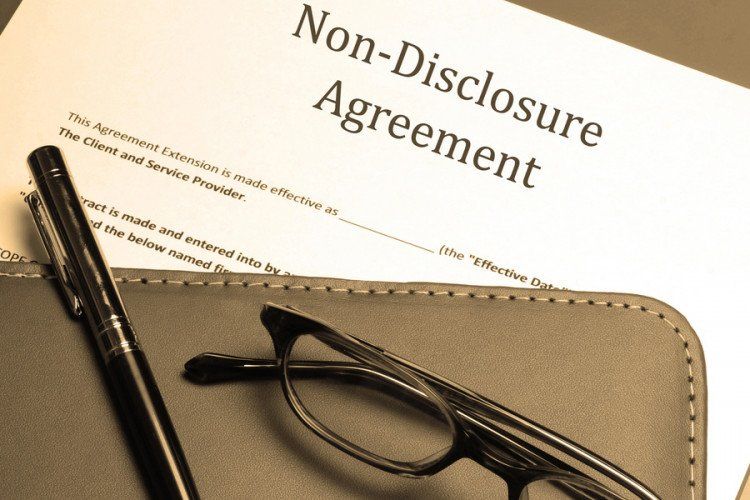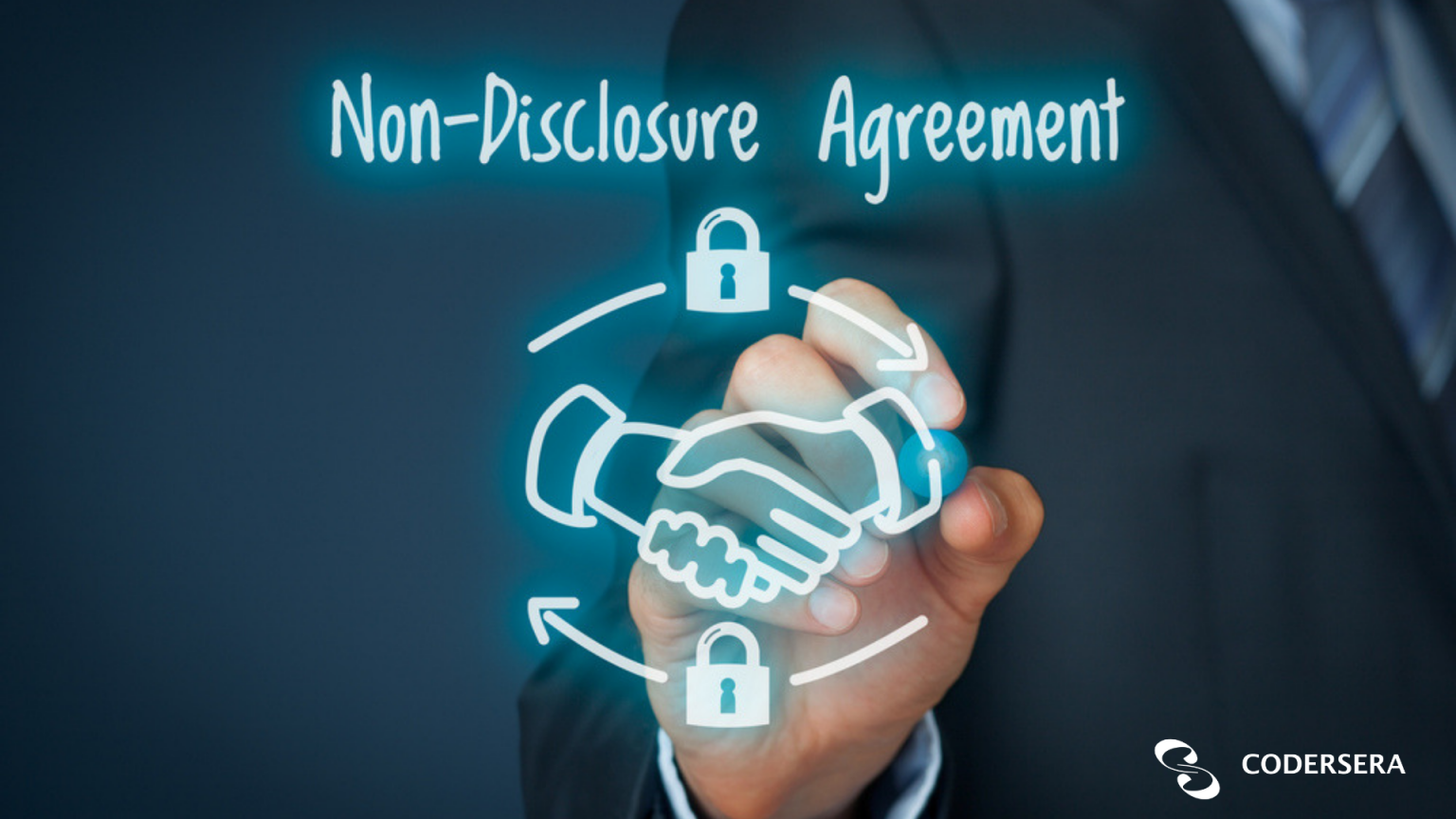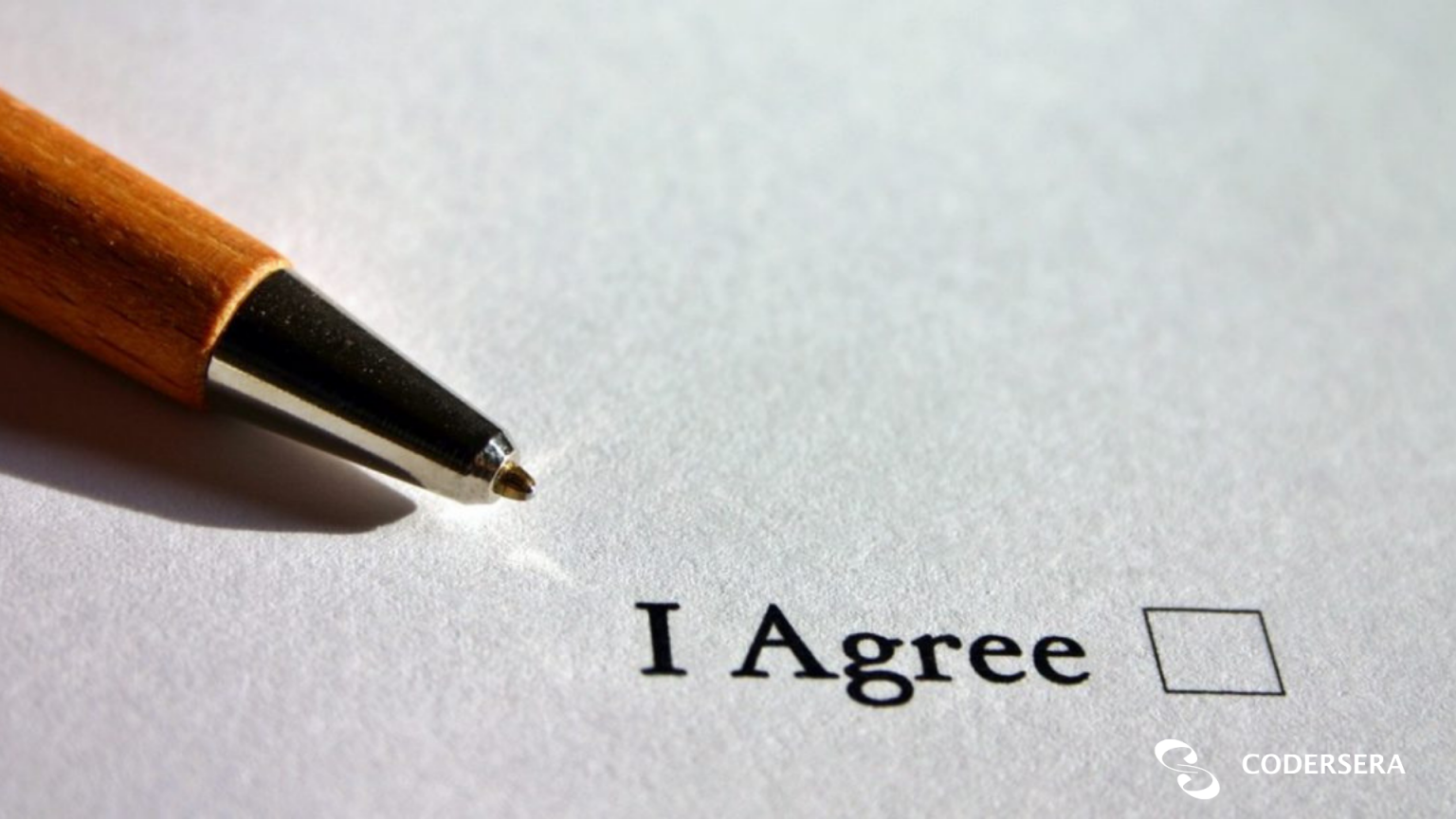The Essential Guide to NDAs (Non-Disclosure Agreement ) For Beginners With Template.

Every company has its planning and R&D (research & development) to grow their business, as well as there, are many secrets of the companies which they want to keep confidential from their public and competitors.
I have met many owners of large and small organizations and they all are very secretive with their coming new strategies. Business owners are always on their toes while keeping their next move confidential that’s why before launching a new product or expanding to an overseas market, they sign the NDA with all the people who are involved in the project.
If you guys aren’t familiar with NDA and its objectives? or why it is important for almost every company?
Here we’ll try to get doubts surrounding NDA as well as get the Essential guidelines for Dummies.

What is NDA?
It is a legal contract/ document that builds a confidential relationship between two or more parties, which use to protect proprietary or any secret information in business. An NDA (Non-Disclosure Agreement) is used anytime by any potential investors, creditors, clients, as well as suppliers.
An NDA also is known as:
- Confidential disclosure agreement (CDA)
- Proprietary information agreement (PIA)
- Secrecy agreement (SA)
- Confidentiality agreement (CA)
For startups, why NDA is important?
Starting from the beginning, it is important to secure your marketing strategies from your competitors so that they don’t stale any sensitive information from you. There are many business partners, and clients who sign an agreement with the company and NDA ensures the safety of your ideas.
Some typical situations where you may want to use a Non-Disclosure Agreement in Startup:
- Presenting an invention or business idea to a potential partner, investor, or distributor.
- Sharing financial, marketing, and other information with a prospective buyer of your business.
- Showing a new product or technology to a prospective buyer or license.
- Receiving services from a company or individual who may have access to some sensitive information in providing those services.
- Allowing employees access to confidential and proprietary information about your business during their job.
These are the typical situations that allow a startup to keep its information confidential and secure it from other companies.
Use of Non-Disclosure Agreement (NDA)
In business, to maintain the- competitive advantage, to keep working on projects, as well as to protect the innovative ideas NDA used. Similarly, for startup companies with new and innovative ideas, a non-disclosure agreement is secure or you can say protect their ideas. Without such a signed agreement, any information disclosed in trust can be used for malicious purposes to harm your company.
Startup owners need to discuss things or sensitive information with their investors or partner who may potentially steal their ideas and leak them into the market.
Some following cases where NDA is used.
Business discussion
In the first case where NDA is used in business discussion, the NDA takes place when the owner or partners of the companies are discussing some detailed information. It is always wise to limit the important information you share with other people until you trust him/her.
Sometimes between the partners, it is important to have an NDA, or while interviewing or doing some project work, it is really important to keep things confidential and secure from your competitors. It includes investors or other third parties.
Hiring employees and freelancers
The second place where NDA might be used while hiring new employees,
For office employees, every company wants to secure its information from other companies. It’s not unusual for startup companies, especially in the tech industry to require their employees to sign an NDA before joining or being a part of the company. Normally, the clauses require the employee to have confidential obligations included along with the employment contract. Especially when they are working on some new projects.
While hiring freelancers, it is not so important to sign a confidential disclosure agreement with freelancers but just stay careful about the information that you are sharing with him/her. Because they are not permanently hired by the company so the NDA (Non-disclosure Agreement) might not be considered. But in some cases when you hire freelance developers it is important to sign the NDA because you may have to share information like Source code or Business strategies.

Type of NDA ( Non-Disclosure Agreement )
There are mainly two types of Non-disclosure Agreements:
- Unilateral NDA
- Bilateral NDA
- Multilateral NDA
1. Unilateral NDA
It referred to a one-way NDA in which it involves two parties where only one party (disclosing party), discloses certain information to another one (receiving party). Also, it is used when only one party discloses confidential or otherwise valuable information. In unilateral NDA, only one party promises to protect the information and maintain its confidentiality.
There are three main reasons to use unilateral NDA:
- A hiring manager discusses valuable inside information about a company during an interview.
- An inventor unveils their invention to a financial investor.
- A business reveals trade secrets or strategies to an advertiser.
2. Bilateral NDA
A bilateral NDA involves two parties where both parties expect to disclose information to one another that each intends to protect the company nomes from further disclosure. This is the type of NDA that is common when businesses are considering some kind of joint venture or they are merging with another company. Bilateral NDA is also known as Mutual NDA. As well as it used when both parties are disclosing confidential secrets to each other like the financial status of the company, growth reports, upcoming projects, etc.
Some situations where mutual NDA might be used:
- Multiple partners or businesses agree to work together.
- An entrepreneur is seeking funding for their startup.
- When two companies merge.
3. Multilateral NDA
A multilateral NDA involves three or more parties, where at least one of the parties considers disclosing information to the other parties. It helps the information to be protected from further disclosure. In this type of NDA eliminates the need for separate unilateral and bilateral NDAs.
- A multilateral NDA can be advantageous because the parties involved review, execute, and implement the agreement.
- This can be offset by the complex negotiations that may be required for the parties involved to reach a common consensus on the multilateral agreement.
There are 5 components included in NDA (Non-disclosure Agreement)
Define “Confidential”
(This includes: Artistic assets, business practices or strategies, government information, Customer information, financial information, proprietary information, software & hardware configurations, prototypes, etc.)
↓
Clarify What Excluded
(The confidential information is equally important and it includes: Public information, information developed by the receiving party, shared by a third party, and requested due to a lawsuit or investigation.)
↓
Describe The Obligations Of All Parties
(The “disclosing party” and “receiving party” should understand their obligations like Not to share confidential information with others, returning or destroying any documents, and informing all the parties if the information is lost or disclosed.)
↓
Outline The Duration
(An NDA should outline the effective starting date and duration while also mentioning: If the NDA is effective upon disclosure of the information, how far in advance either party may agree to terminate the NDA when the NDA will officially terminate- only if applicable)
↓
Detail Remedy For Breach Provisions
(This includes all the details like The injured party seeking an injunction against the offending party, the injured party pursuing monetary and non-monetary damages, and the offending party being held responsible for any attorney fees.)
↓
Clarify What Excluded
(The confidential information is equally important and it includes: Public information, information developed by the receiving party, shared by a third party, and requested due to a lawsuit or investigation.)
↓
Describe The Obligations Of All Parties
(The “disclosing party” and “receiving party” should understand their obligations like Not to share confidential information with others, returning or destroying any documents, and informing all the parties if the information is lost or disclosed.)
↓
Outline The Duration
(An NDA should outline the effective starting date and duration while also mentioning: If the NDA is effective upon disclosure of the information, how far in advance either party may agree to terminate the NDA when the NDA will officially terminate- only if applicable)
↓
Detail Remedy For Breach Provisions
(This includes all the details like The injured party seeking an injunction against the offending party, the injured party pursuing monetary and non-monetary damages, and the offending party being held responsible for any attorney fees.)
FAQ's
What is NDA?
A non-disclosure agreement (NDA), also known as a confidentiality agreement, is a legally binding contract in which one party agrees to give a second party confidential information about its business or products and the second party agrees not to share this information with anyone else for a specified period of time.
Why do people work on NDA?
Having a signed NDA helps deter such idea theft. Without one, it can be difficult to prove that an idea has been stolen.
How helpful is NDA in Job Management?
NDAs are a useful corporate tool. The fundamental purpose of NDAs is to provide firms with a competitive advantage in their industry.